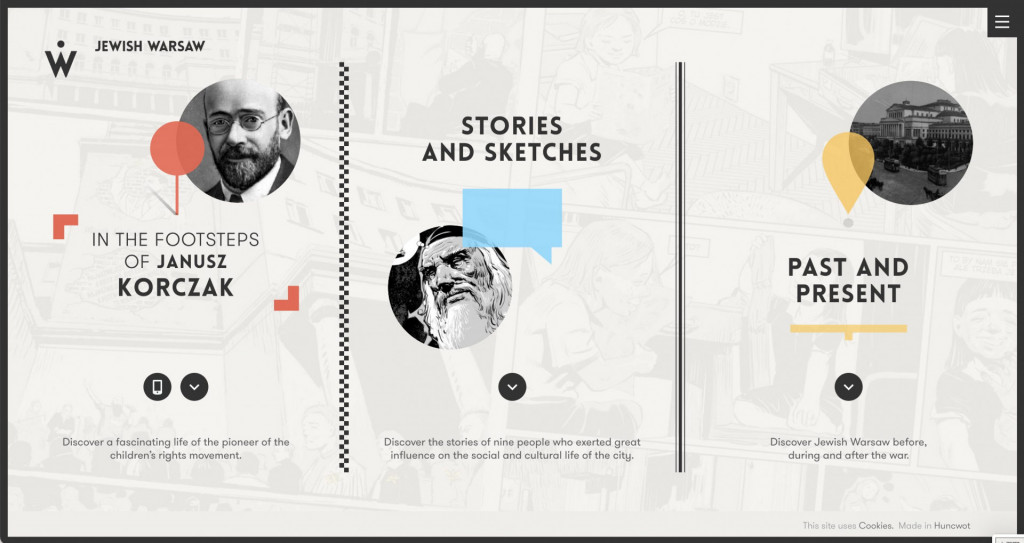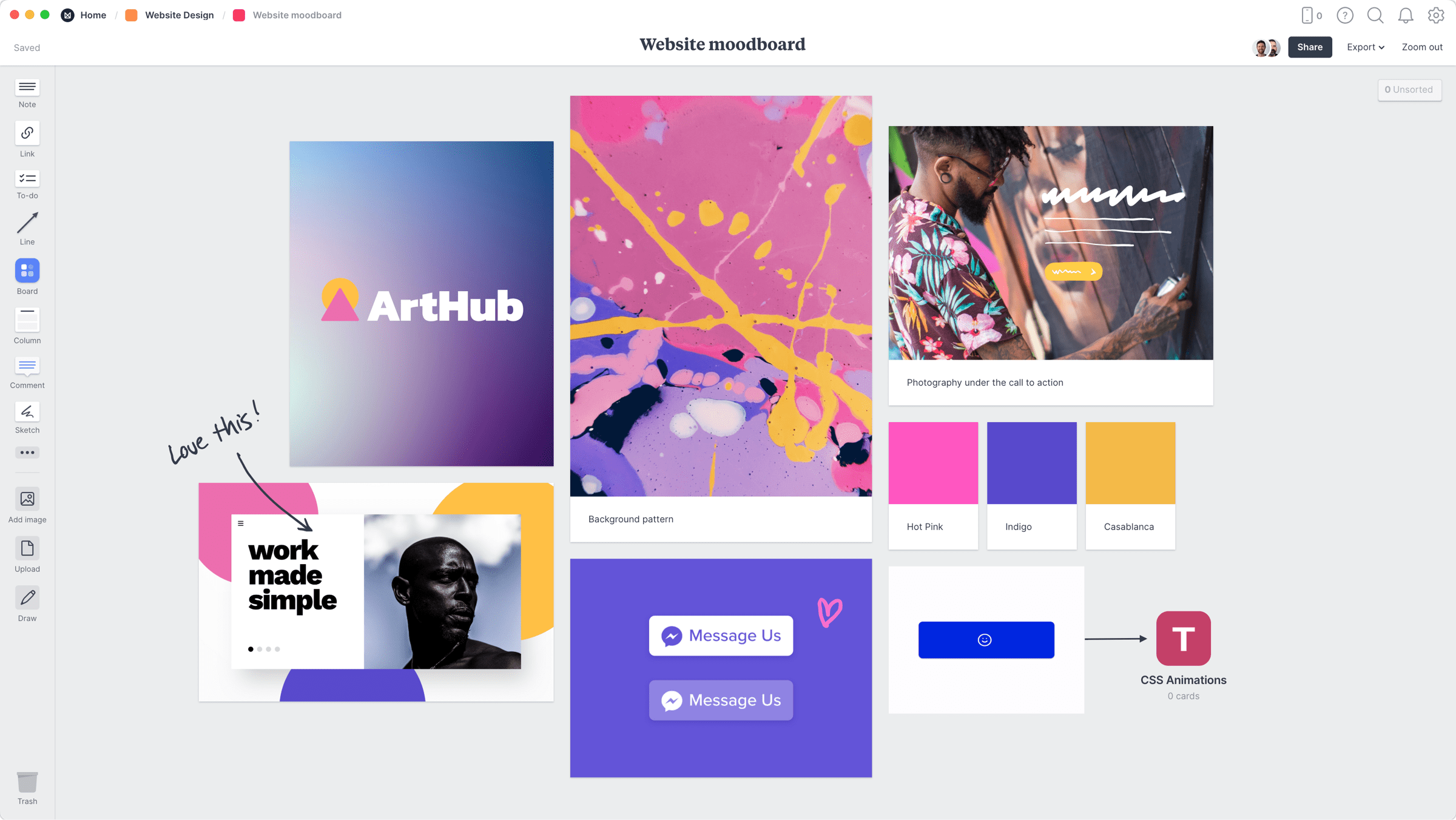How to Select the Right Tools for Your Website Design Projects
Key Techniques for Applying User-Centric Web Site Style to Increase Interaction
When taking into consideration the implementation of user-centric internet site layout, specific techniques are important in enhancing engagement. Complete research right into individual demands and preferences forms the foundation, leading the development of individual characters to notify design selections. Customizing material enhances individual complete satisfaction, and robust access functions broaden reach.
Comprehending Customer Requirements
Recognizing individual demands is a basic action in the procedure of user-centric web site style. This method makes sure that the site aligns with the assumptions and demands of its target audience, eventually causing boosted individual satisfaction and engagement. The preliminary phase entails carrying out thorough research to gather insights into user behaviors, choices, and pain points. Methods such as studies, interviews, and user screening can give beneficial qualitative and measurable information about just how users interact with the site.
Assessing this data allows designers to create in-depth customer personalities that stand for the various sectors of the target market. These characters help inform layout choices by highlighting details user goals and obstacles, guiding the development of features that address these demands effectively. Furthermore, understanding the context in which users operate-- such as their atmosphere, gadget preferences, and time restrictions-- can even more fine-tune the style technique.
Empathy plays an essential role in this process, making it possible for developers to see the web site from the individual's point of view. By focusing on individual requirements, the style procedure ends up being more concentrated, protecting against the addition of unneeded aspects that could mess the user experience. Inevitably, a deep understanding of individual needs is crucial in crafting a web site that is both significant and functional.
Creating Intuitive Navigating
Having actually established a comprehensive understanding of customer requirements, the following step in user-centric website style involves developing user-friendly navigation. Efficient navigation is fundamental to individual contentment, influencing just how quickly customers can discover details and complete jobs. To achieve user-friendly navigating, designers need to focus on simplicity and clearness, ensuring that the navigation framework is consistent and rational throughout the site.
Organizing material right into a clear pecking order is essential. Website Design. The usage of familiar tags and icons can guide individuals easily, reducing cognitive load and improving the general individual experience. A properly designed navigation bar should be prominently put, enabling customers to identify their present place and quickly discover various other areas of the internet site
It is also essential to integrate interactive components such as breadcrumbs and search functionalities to assist individuals in browsing complicated sites. These features provide additional pathways and enhance the access of web content, satisfying numerous individual choices and habits.
Examining navigating with actual individuals is necessary to determine prospective pain factors and make sure performance aligns with customer assumptions. Regular responses loopholes and iterative renovations can help maintain a reliable navigation system that adjusts to advancing individual needs, inevitably improving engagement and complete satisfaction.
Creating Receptive Interfaces
Inevitably, creating receptive interfaces is an essential aspect of modern-day website design, guaranteeing that websites are obtainable and functional throughout a wide range of devices and display sizes (Website Design). This flexibility is important in a landscape where users accessibility web content using smart devices, desktop computers, laptop computers, and tablets, each with varying resolutions and alignments. The key goal of receptive design is to improve individual experience by keeping ideal readability and usability, despite the tool utilized
To achieve this, web developers use flexible grid layouts, liquid images, and CSS media queries. Versatile grids enable internet site components to resize proportionally, while liquid images ensure visuals scale properly without losing high quality. Media inquiries play a crucial duty by using different styles based on the gadget's features, such as height, positioning, and width, thus customizing the format to the user's screen.
Furthermore, receptive user interfaces add to boosted seo (SEO) by using a seamless individual experience, which consequently can decrease bounce prices and rise site engagement. In summary, taking on receptive style is not merely a technical factor to consider yet an essential strategy for fostering a user-centric internet environment that meets the demands of a varied audience.

Customizing Material Experience
Customizing material experience is an important element of user-centric web site layout that includes tailoring web content to fulfill the one-of-a-kind choices and behaviors of individual customers. This method not only improves individual contentment but likewise cultivates deeper involvement, as visitors are extra most likely to communicate with web content that resonates with their interests and demands. By leveraging Get More Information data analytics and user responses, businesses can determine patterns and patterns that notify the modification of internet material.
Integrating customization methods can vary from easy changes, such as recommending products based upon browsing history, to more sophisticated techniques like vibrant material that adjusts in real-time to a user's interactions. For example, customized landing web pages can considerably boost conversion rates by offering customers with relevant details and provides that straighten with their previous tasks and preferences.
Furthermore, making use of expert system and artificial intelligence can even more refine material customization by continuously picking up from user behaviors and adjusting to emerging trends. This not just boosts the individual's trip but also constructs brand name commitment, as consumers really feel comprehended and valued. Inevitably, personalizing the material experience is a vital method for companies intending to develop a more purposeful and appealing communication with their target market.
Enhancing Access Attributes
Enhancing accessibility attributes is a fundamental aspect of user-centric website layout, ensuring that electronic material is useful by everyone, consisting of people with impairments. This technique not only follows legal criteria such as the Americans with Disabilities Act (ADA) and the Web Web Content Accessibility Guidelines (WCAG) however additionally considerably widens a site's audience reach. By incorporating features like keyboard navigation, display viewers compatibility, and different text for pictures, websites become extra comprehensive, offering a smooth experience for customers with visual, auditory, or electric motor impairments.
Incorporating receptive layout components is vital, facilitating accessibility on various gadgets and screen sizes, thereby suiting users with various preferences and demands. Additionally, contrast proportions and message size adjustments can enhance readability for people with visual difficulties. Offering clear and concise web content structure, such as headings and listings, help understanding and navigation, particularly for users with cognitive specials needs.
Regular ease of access audits must be performed to determine and remedy prospective obstacles, making certain continued conformity and usability. By prioritizing availability, organizations not only foster inclusivity yet additionally improve total individual engagement and complete satisfaction, eventually driving higher conversion rates and reinforcing brand commitment.

Verdict
Incorporating user-centric layout strategies significantly boosts website involvement by prioritizing the requirements and preferences of customers. Extensive study helps with the creation of user personalities, assisting targeted layout choices. Intuitive navigation and receptive user interfaces boost functionality and ease of access across devices. Individualizing web content based on customer behavior boosts complete satisfaction, while durable availability attributes increase target market reach. Collectively, these techniques create a purposeful online experience, cultivating much deeper interaction and communication with the internet site.
Comprehensive research study into user needs and preferences develops the structure, directing the development of user personas to educate style choices. Techniques such as studies, interviews, and find out here user screening can offer valuable qualitative and quantitative data about how individuals connect with the web site.
By prioritizing user demands, the style process becomes extra concentrated, preventing the addition of unneeded elements that could mess the user experience. Effective navigation is fundamental to customer complete satisfaction, influencing how conveniently individuals can find information and full jobs. The usage of familiar tags and symbols can direct customers that site effortlessly, reducing cognitive load and improving the total individual experience.